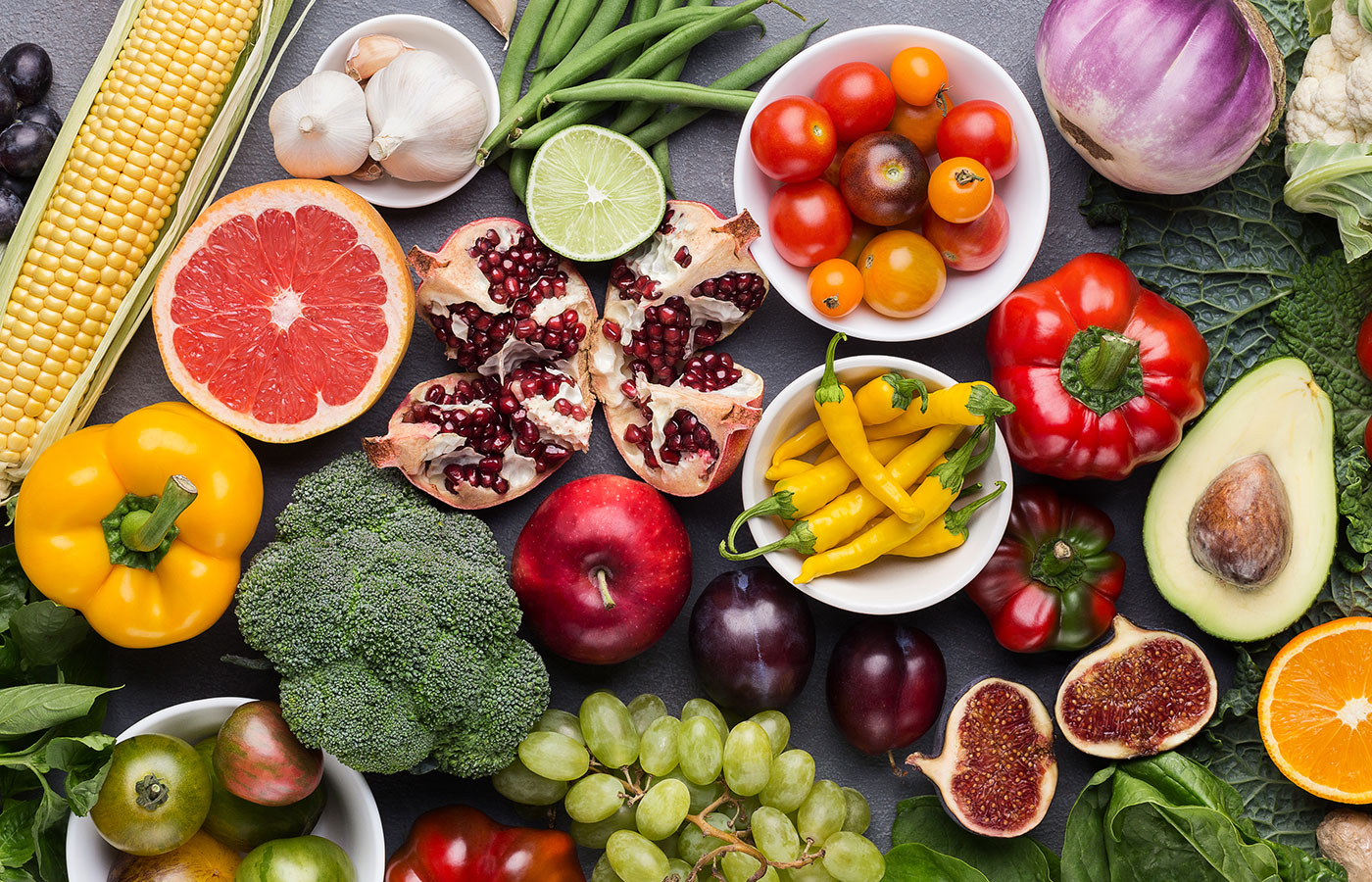Amidst the daily juggle of tasks and responsibilities, the concept of mindfulness might seem a luxury, something reserved for those with the leisure to sit in prolonged meditation. However, the essence of mindfulness lies not in extensive rituals but in the art of being present in the moment; a practice that can seamlessly integrate into even the most hectic schedules.
Mindfulness, at its core, is the practice of bringing one’s full attention to the present moment. It is about experiencing life as it unfolds, without getting caught up in the thought stream and worries of past reminiscences or future anticipations. This might sound rather simplistic, yet its implications for our wellbeing are profound as our nervous system cannot be in two states simultaneously – so if we are present to the very moment we find ourselves in, we cannot be stressed in that moment (unless that very moment is one that contains a genuine threat).
The beauty of mindfulness is that anything can become a mindful practice if we choose to engage fully with the present. Whether you’re sipping your morning tea, commuting to work, washing up, or even typing an email, each of these activities offers an opportunity for mindfulness. It’s about experiencing the moment with all your senses – the aroma of your tea, the feel of the keyboard under your fingers, the changing scenery on your commute.
To incorporate mindfulness into your busy schedule, start with small, everyday activities. For instance, try mindful eating which involves paying full attention to the experience of eating – savouring the colours, textures, flavours and sensations of your food. This not only enhances the enjoyment of your meal but also encourages more nourishing eating habits as we are less likely to overfill our bellies when we are not distracted from attuning to the signals of fullness our body sends.
Similarly, transform your daily shower into a mindful experience. Feel the temperature of the water, the sensation as it cascades over your body, and the scent of your soap or shampoo. Any routine act can become a tranquil moment in a busy day, a brief respite for your mind. If you have children, spend some time in play with them – time free from thinking of all the tasks ahead of you – and you will have spent time completely immersed in the present.
Mindful walking is another accessible practice. While walking, be it to your office or just a stroll in the park, be aware of your steps, the rhythm of your breath and the environment around you. Notice how the air feels on your skin or on entry to your nostrils. This simple act can help clear your mind and bring a sense of calm.
It’s crucial to recognise that mindfulness is more than just closing your eyes in meditation. While traditional meditation can be a valuable aspect of mindfulness, the practice extends beyond it. It’s about cultivating an attitude of awareness and presence in all aspects of life.










